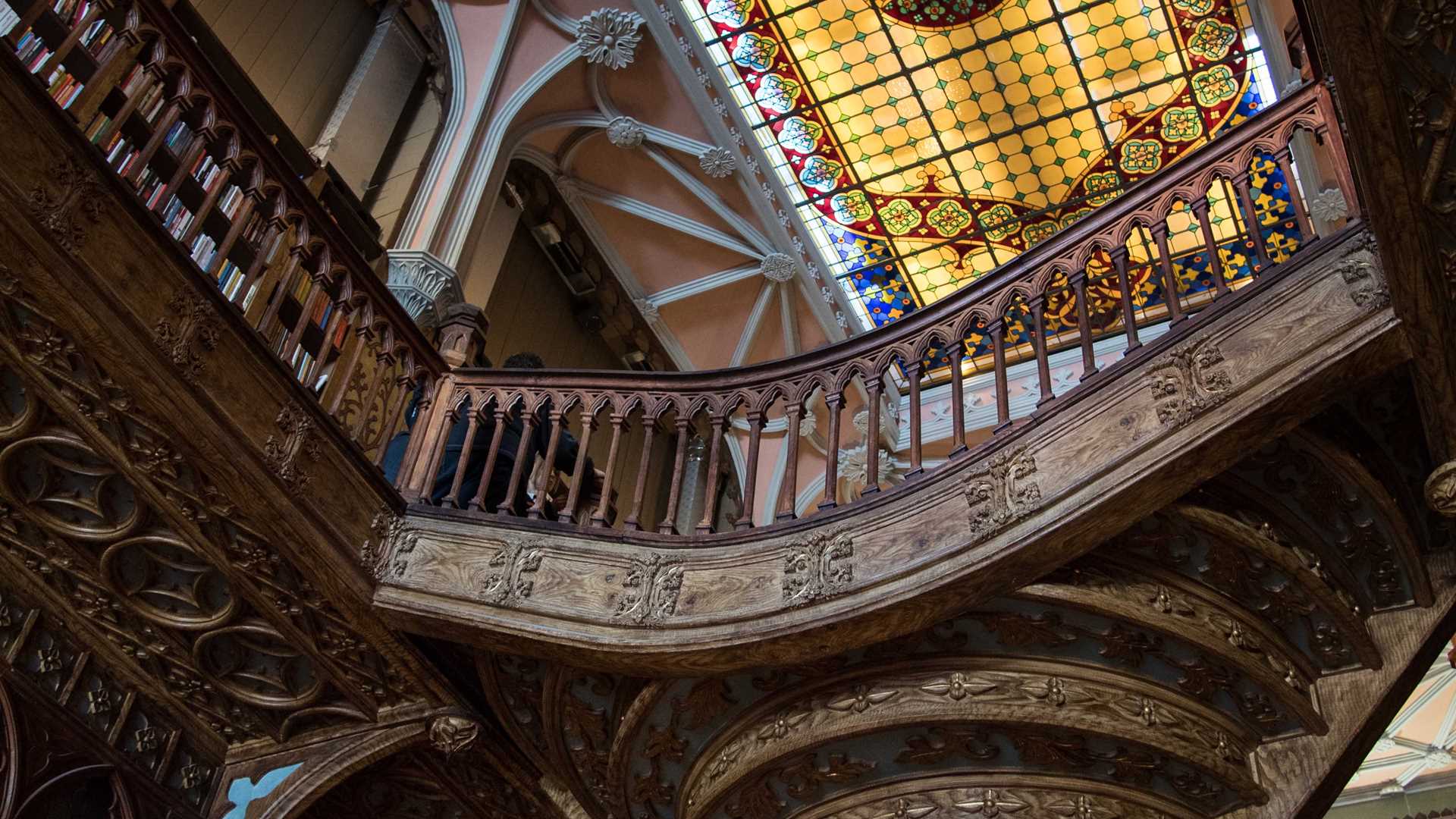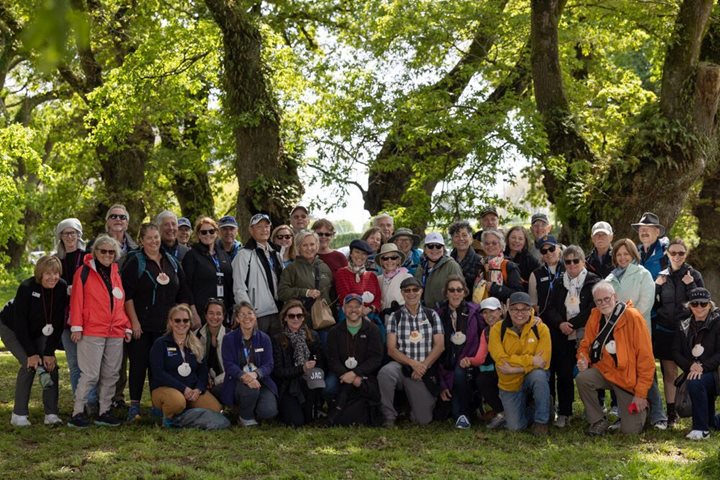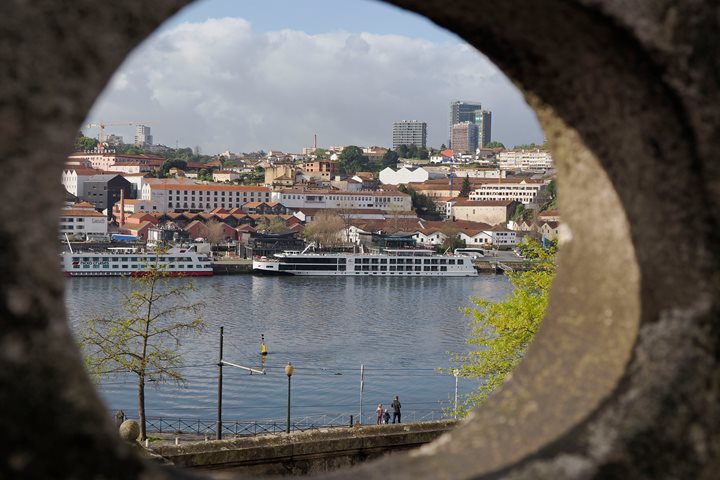Since Oporto was registered as a UNESCO World Heritage Site in 1996,it has become quite a magnet for tourists. Of course, its fame for port wine production goes back centuries. Its connection with the British market strengthened during the frequent times of trouble between Britain and France, when the market in Bordeaux wines, or “clarets” as the British traditionally call them, was disrupted. The majority of port wine houses in Opoto bear English names but the river trade along the Douro using the traditional rebelos was very much in local hands. An English influence can be felt in the old town also, interestingly so in the bookshop now famous as J.K Rowling’s inspiration for Harry Potter.
Oporto was a business city in the nineteenth century and a wealthy one, with its own stock exchange. Its railway station is confidently decorated with ajuelos, blue tiles, originally part of the country’s Islamic heritage. The sidewalks are of basalt and limestone, a feature common to Portuguese towns on five continents.
We spent the morning either on a walking tour of the old town or visiting the avant-garde art gallery and its grounds at Serralves, the latter tour on board open-top double-decker buses that afforded spectacular views of the city. All groups enjoyed a tour of a port wine lodge followed, naturally, by a tasting.
The domestic architecture of Oporto is distinctive with small properties with Roman-style tiles roofs lining the steep sides of the Douro Valley. This is a town still very much lived in by its population, who shop locally, often in small local markets and using small family-owned shops and cafes.









